Motorsport
Painkillers & the road back
My objective for Bathurst this year: Don’t break a leg.
That would be a good start.
Recovering from my crash here in 2015 is one of the toughest things I’ve had to deal with. For months, I suffered unbearable nerve pain. I was hooked on painkillers that I needed just to feel normal for a couple of hours a day.
I never want to go through that again.
Two years on, I feel like I’m finally getting back to some of my best racing. This time around, I’d like to finish on the lead lap – right in amongst it.
You need a lot of luck to win at Mount Panorama, though. Someone up there in the clouds probably already knows who the winner is.
Maybe Mum already knows. Her name was Debbie. She passed away in 2009 after a long illness.
I try to do her proud every time I go out on the race track. We shared some great times together, touring around on the go-kart circuit with my Dad, Eddie. I’ll never forget that.
But at the same time, it’s incredibly sad. I wish she was still here today, to enjoy moments like this. The Bathurst 1000 is the pinnacle of Australian motorsport.
If Mum is the one working that lottery up there, I wish she’d pick my number a bit more often!
WHERE IT ALL BEGAN
I didn’t get pushed into this career. I didn’t have a family that told me I should do some laps in a go-kart and if I went alright, I could be a Supercars driver. It was never on my radar.
For me, it started with Dad and Mum wanting something to do with me on the weekend. It was about having a hobby – not just for me, but for them as well.
Dad got to be the mechanic and Mum would work on the laptop, making lunches and everything else. It’s such a family sport.
I try to do her proud every time I go out on the race track. We shared some great times together, touring around on the go-kart circuit with my Dad, Eddie. I’ll never forget that.
Growing up in go-karts was awesome. I was too scrawny to be a football player and I wasn’t very talented with a tennis racquet, so driving around a track with my family there supporting me was awesome.
There were all these great people who were willing to help and we became a part of this massive racing community.
The times have changed a lot. When I was racing karts back in the early 2000s, you’d buy a second-hand go-kart that was three to five years old with an old engine.
We travelled around with a little two-kart trailer, a toolbox on the back, some oil in the rack, some fuel and away you’d go. You’d keep running around on old rubber until the tyres were completely worn out because a new set were a couple of hundred bucks. That was a lot of money.
Now there’s a lot more pressure on kids and it’s a lot more expensive.

MORTGAGING THE HOUSE FOR ME
There are a lot of stories in pit lane of guys that made it despite not coming from money. In saying that, you still need money or financial backing to get to this level.
I was very lucky. Dad got me through go-karting and then tried to support me through Formula Ford. It wasn’t easy, though. They took a huge risk.
My Mum and Dad mortgaged our house in my second year so I could keep racing.
To be honest, I didn’t even know what a mortgage was when I was 15.
I was a single child to my Mum and she loved spoiling me. If we were down at Woolies and I wanted a packet of chips, she’d never really say no. I also got to go go-kart racing all the time.
When they mortgaged the house, I didn’t think of it as an added pressure because I just didn’t know any better. I must have just assumed that money grew on trees.
If I’d known then what I do now, as a 25-year-old, I wouldn’t have let them do that for me. I wouldn’t be a Supercars driver today, that’s for sure.
A lot of parents think their child is the best but to actually take that risk and put 20 years of hard work on the line is absolutely crazy.
After that year, I was very lucky to have some family friends and sponsors jump in and help out. There’s no way I would be where I am today without that support.

I MISS MUM
Life can be tough. Sometimes, it kicks you down.
As I mentioned earlier, I lost my Mum to illness when I was 17. It was very tough and I didn’t know how to cope with that for probably 18 months. It was tough on the whole family.
Looking back on that now and knowing the huge role she played in those early years of my career, I’m so grateful. She and my old man worked hard and a lot of their pay went into my racing.
My Mum and Dad mortgaged our house in my second year so I could keep racing. To be honest, I didn’t even know what a mortgage was when I was 15.
She was taken way too young. It made me realise that you’ve got to enjoy life – every second you’re breathing and every morning you wake up, even if you’re not in the best situation.
When you lose loved ones and friends, it can be super tough. But you can’t get too down about it because they wouldn’t want to see you like that.
WINNING IN 2014
It was crazy. We started from last on the grid. We didn’t have the pace in qualifying but in the race the car was really, really fast.
There were so many safety cars and red flags. It was the most bizarre Bathurst I’ve ever seen!
Everything came down to those last 20 laps. We moved up to second but Jamie Whincup was a lot faster than us, even though he was worried about fuel.
I just put my head down. It was fun trying to get the most out of the car in those final laps and having your own space on the track.
As he was conserving fuel, I was closing him down. We just had to have a crack. I got past him at the end of Forrest’s Elbow.
I couldn’t believe it when I crossed the line.
When I saw my Dad, he was speechless. He had tears in his eyes, and I was in tears too. Honestly, though, the moment doesn’t last long enough – you just want to stand on that podium, in that moment, forever. It was the most awesome feeling in the world.
It probably took 12 months, until I was in Bathurst again, before it sunk in properly.
Every time I watched the replay, I felt as if I was watching someone else. I’d get tingles down my spine.
It’s that unpredictability that makes this race so special. That’s also why it’s so hard to win.

CRASHING IN 2015
I’ve seen the vision plenty of times. One small mistake and it can write you out of the rest of the race, or worse.
If you make that mistake at another track you probably just drop a wheel off in the dirt or have a spin and carry on. This place bites and it bites hard.
The funny thing is, I was having so much fun that day. It all ended so suddenly.
Usually when you think you’re going to crash, it’s like there’s a trigger in your brain and everything goes into slow motion. On this occasion, I don’t think I properly realised I was crashing until I’d already come to a stop. I didn’t have time to take it in.
I was completely conscious the whole time. I didn’t realise I had any broken bits until I did a bit of a system check. I tried moving my leg. I remember thinking, ‘I swear I didn’t see my foot move, but it felt like it did’.
Doing 300km/h down Mount Panorama is a huge buzz. It’s the same adrenaline rush that makes people jump out of aeroplanes or surf big waves. I found out it can also push you through some pretty intense pain as well.
I didn’t feel any pain. You generally have about three-to-four minutes of adrenaline in your system and the medical team arrived so quickly. I got the ‘happy green whistle’ and they worked on getting me out of the car. I was high as a kite.
The only time I had a small bit of pain was when they moved me into a certain angle in the car to try and get me out.
The next thing I knew, I was off for a nice little ambulance ride, then a chopper to hospital in Orange – I was having a great time…
THE RECOVERY
People say you can see my femur break in slow motion but I refuse to watch that.
I also tore my medial ligament off the inside of my knee, tore my meniscus and broke my wrist.
It took a while to let that all heal. It was two months of just sitting around at the family home in Queensland, doing not much at all except be a nuisance to my Dad and Stepmum, Anne.
I wouldn’t have got through it without them. I needed help with everything – even the most basic things you could think of.
I was dealing with excruciating nerve pain, which was the worst part.
All the receptors from the leg to the brain were constantly telling me, ‘It’s not right, it’s not right, it’s killing me’.
There was a massive list of painkillers I had to take. A lot of that stuff is really addictive and can really mess your life up.
When you’re in pain for 15 hours of the day you’re desperate for that two-hour break. Two hours of feeling normal. You just want to escape where you’re at.
Endone was probably the biggest one for me and the hardest one to get off. It puts you off with the pixies.
I can understand completely now how people can get hooked on painkillers. You need good people around you to help you get off the stuff.
Recovering from my crash here in 2015 is one of the toughest things I’ve had to deal with. For months, I suffered unbearable nerve pain. I was hooked on painkillers that I needed just to feel normal for a couple of hours a day.
There are points where you ask yourself, ‘How long does recovery last?!’
The broken femur was actually the easiest part. They put a rod in there, let it start to fuse up and away you go again. Ligaments aren’t so easy.
It was another three months of rehab before I was in a position where I could get back in the car for a test drive.
My confidence never went away, though. From the moment I crashed, I was only concerned with one thing: how quickly I could get back in the car.
I’m lucky – in my sport I only have to move the pedals a few inches. I don’t have to run 100m on a field. I was still hobbling around and waiting for the knee to loosen up but I was still able to get back out there.
When you have never had an injury like that before, you just can’t comprehend that you’re sitting around for two months or three months doing all this rehab. I didn’t know how long it would take.
I know the answer now. Five-and-a-half months.

MY FIRST BATHURST 1000
I came here for the first time at the age of 12.
I remember sitting on the hill on the main straight, watching the Top 10 Shootout. The unpredictable nature of it was mind-blowing.
We camped that year. My go-kart mechanic, brought me up here with some of his mates. The rivalry was incredible. I was a Ford supporter and they all went for Holden. Everyone backs a certain team or car – it’s spine-tingling to be a part of that.
I remember sleeping in a camper van and staying up really late, well past my bed time. Then getting up super early to try and get the best spot possible on the fence.
As a Supercars driver, I’ve been camping every year since my first Bathurst 1000 in 2014. I love it.
I go to my family’s campsite each night for dinner. People sort of know that’s what I do now and will come to see me, but I don’t mind. When they leave I have a chance to catch up with my Dad, Anne, and a few friends. That’s what racing has always been about for me.
I love the crew I have around me, we’ve built a really tight bond over the last few years. You might not be blood related but going through these experiences together turns you into a family.
GETTING BACK TO MY BEST RACING
This year has been a hard slog. We struggled last year and had to change a lot but this season we’ve had a couple of wins and a lot of podiums. We’ve been able to spray a lot of champagne, which is what we love to do.
We’re still a little behind where we need to be but we’re slowly starting to make some progress. If we do come up short this year, hopefully it gives us some good momentum heading into 2018.
One thousand kilometres of racing and there are 99 things that can go wrong and only one that can go right.
More about: Bathurst 1000 | Injuries | Supercars
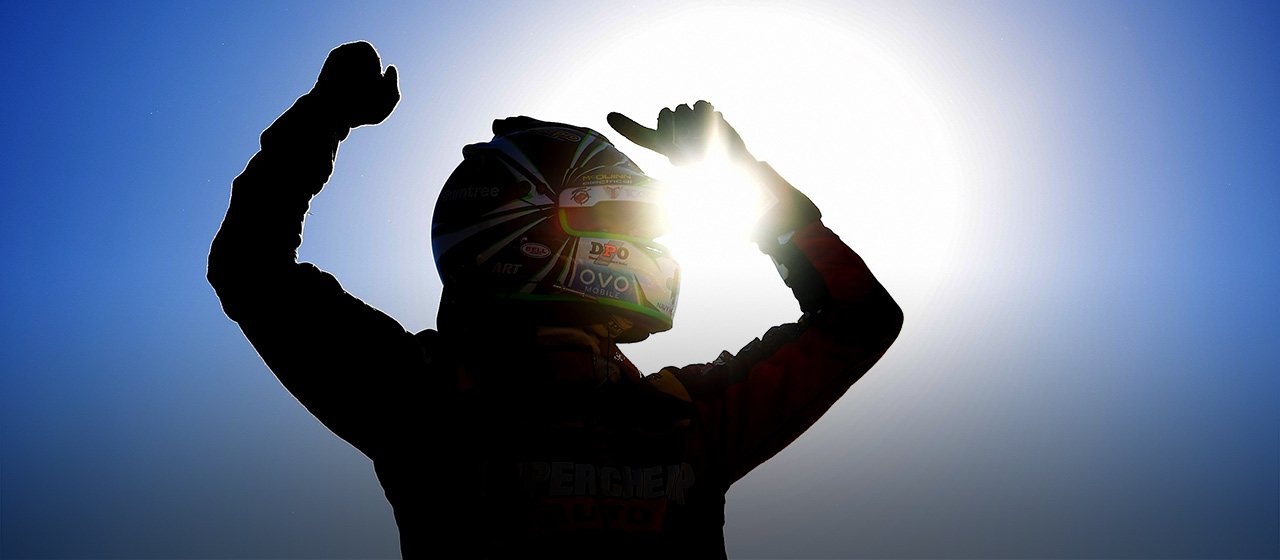
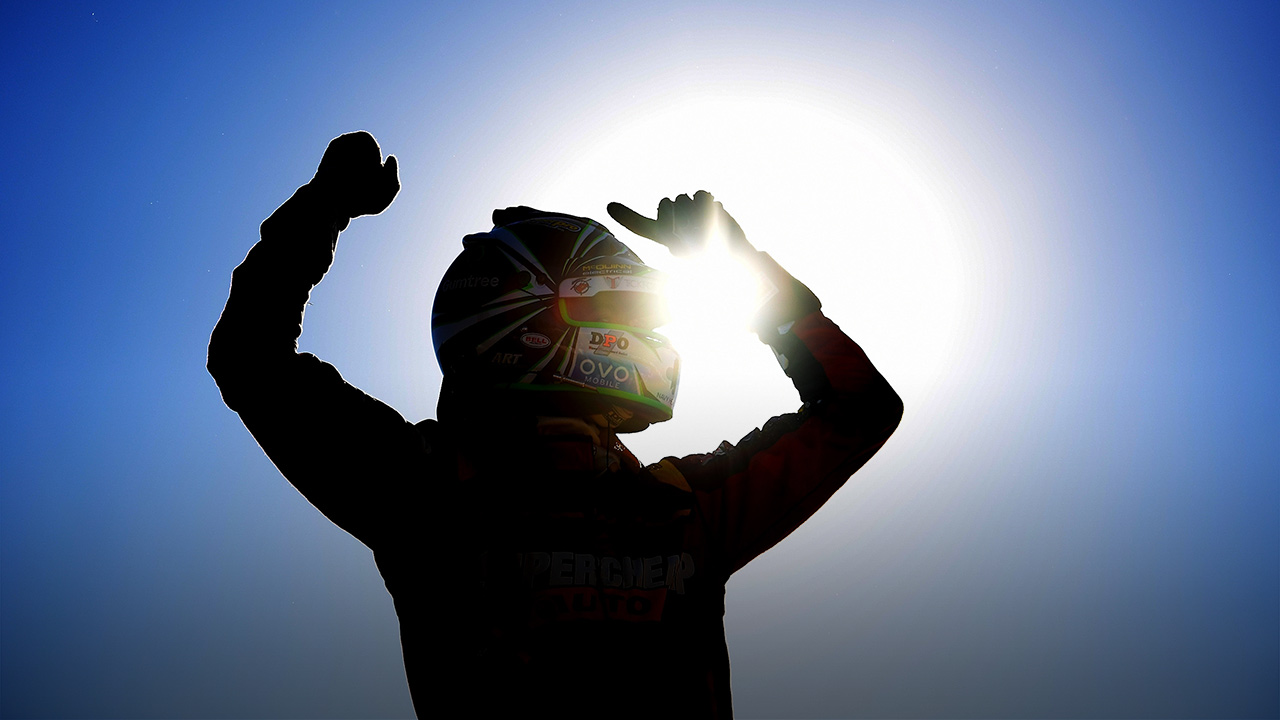
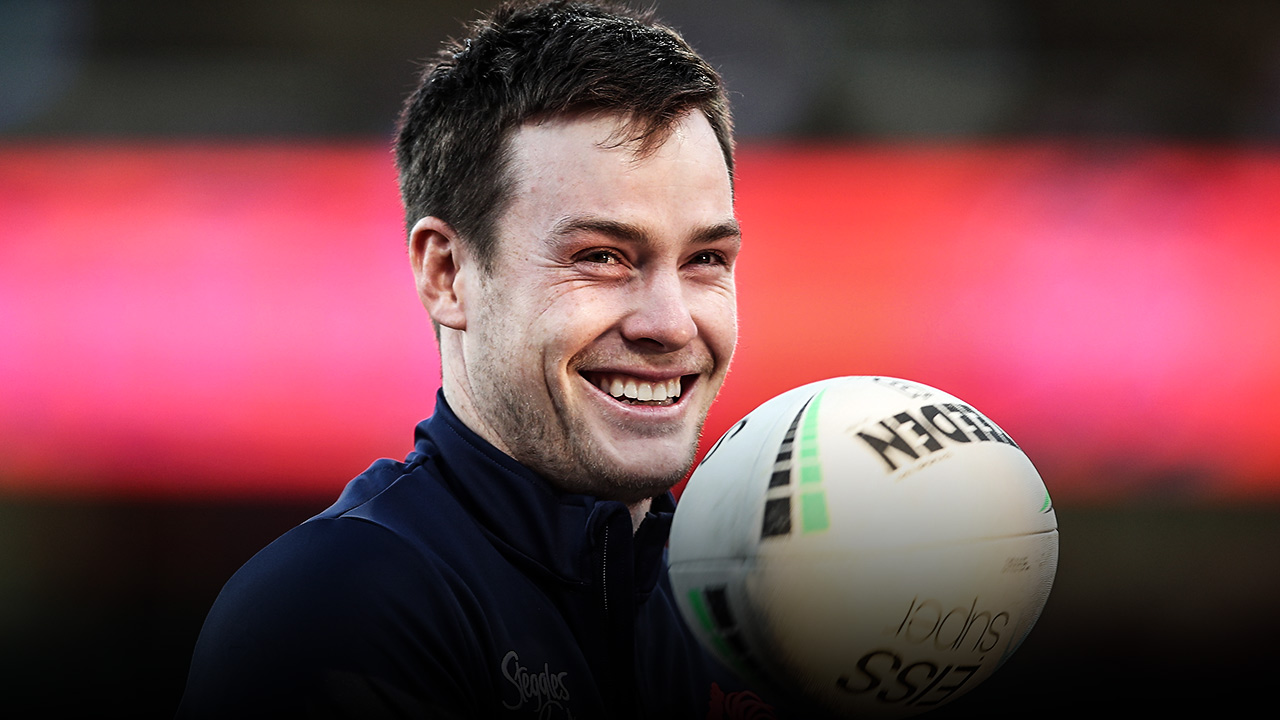
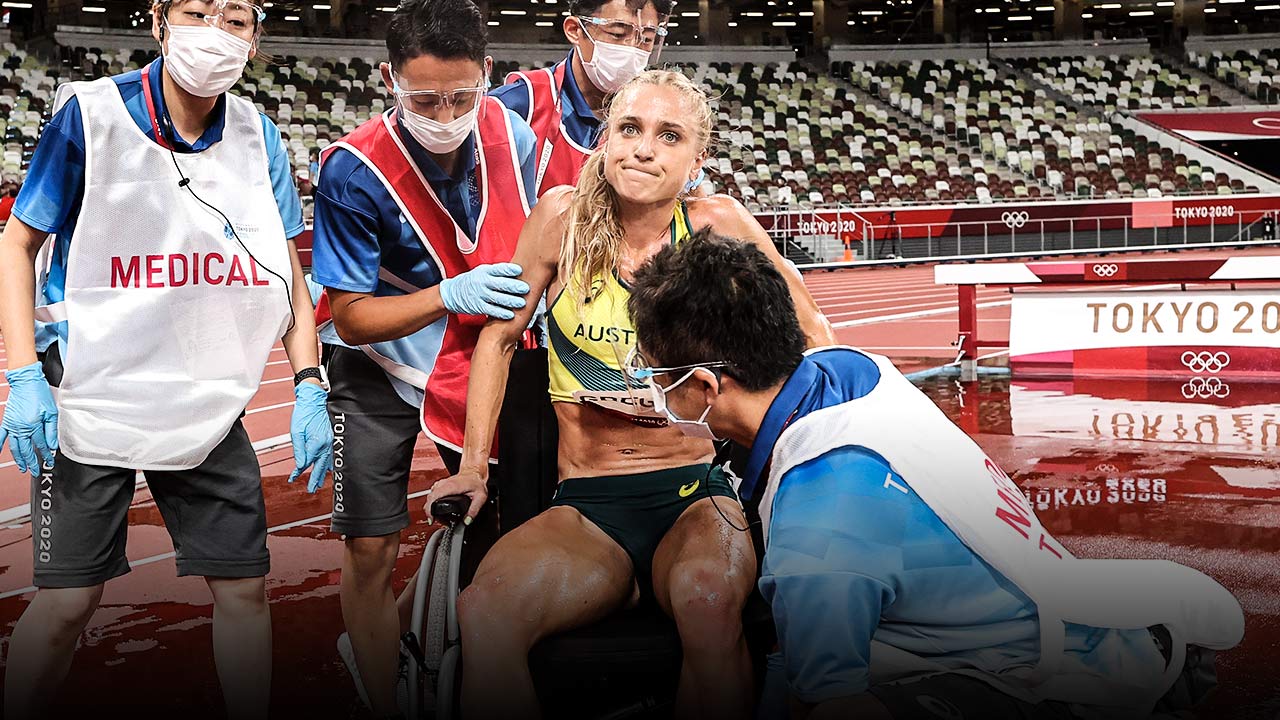
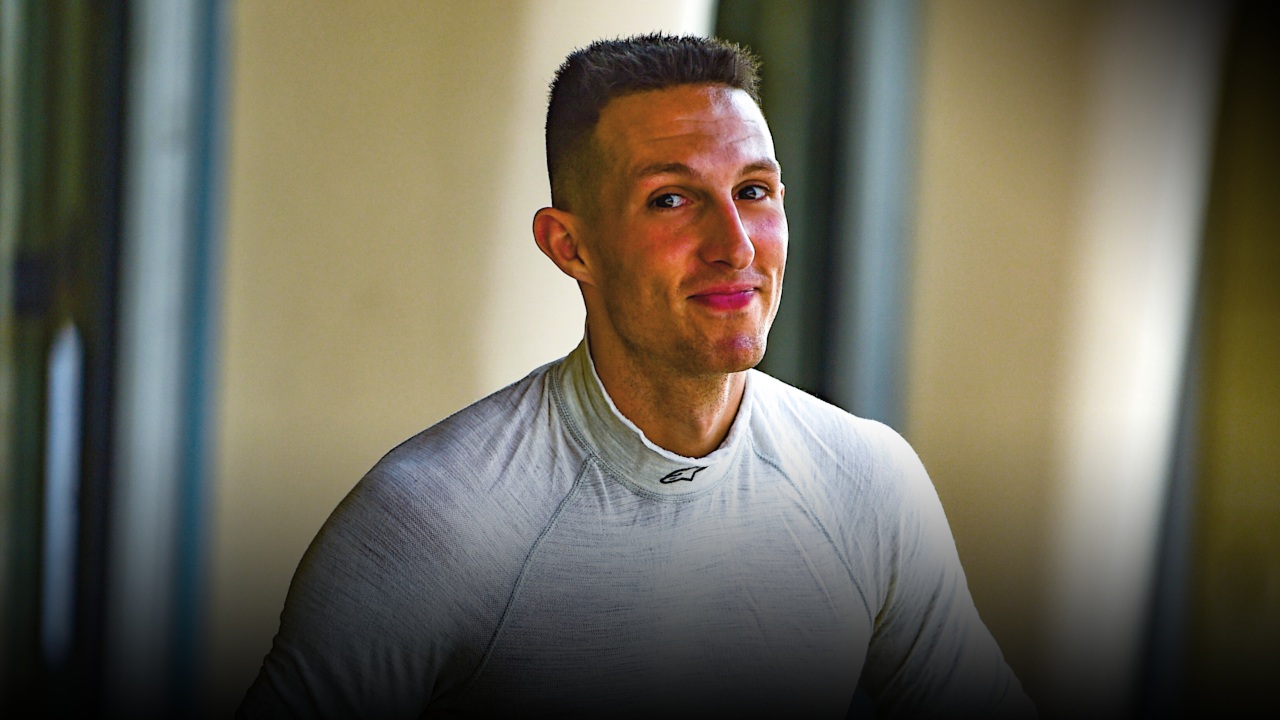
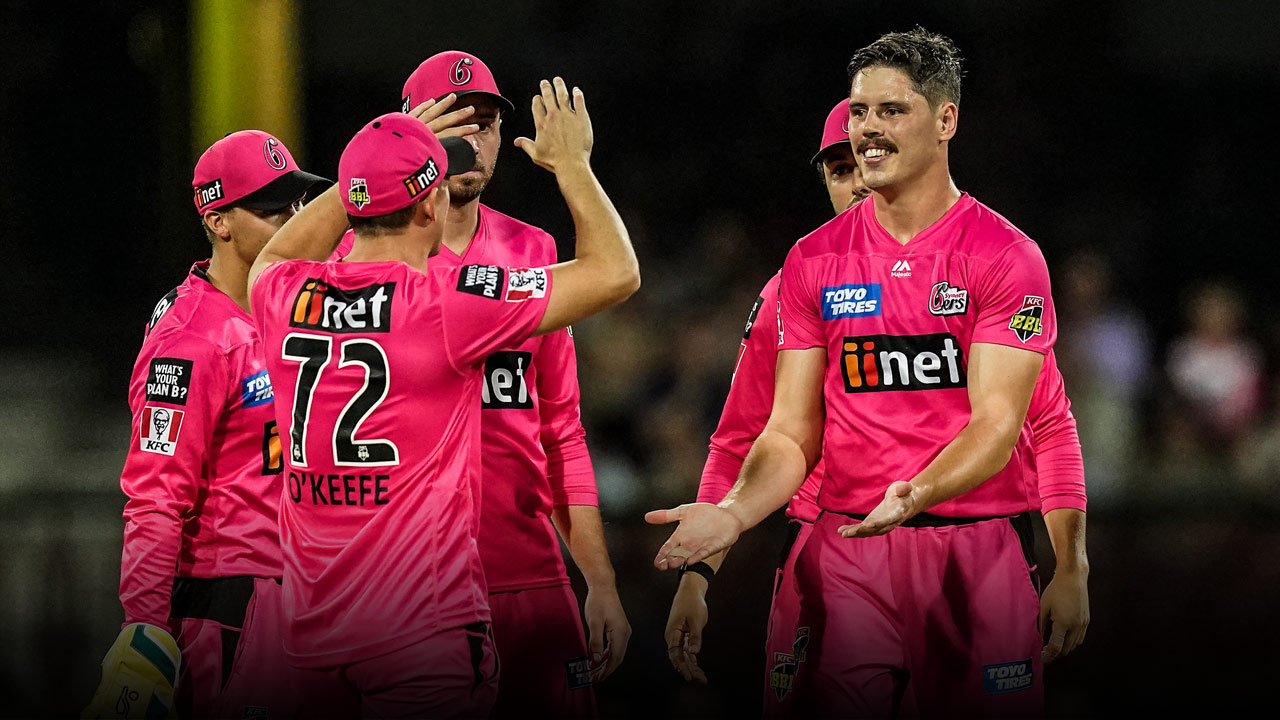
 Load More
Load More